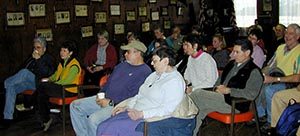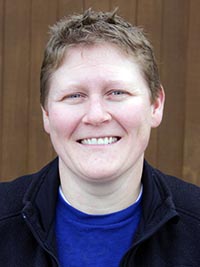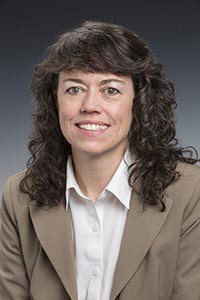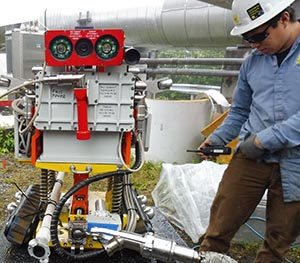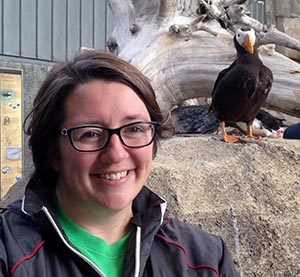
Brooke Taylor has joined the council’s staff in the new position of Director of External Communications. She will oversee public relations and media for the council.
Taylor has worked in public relations and communications for over 10 years. Most recently, she was the communications director for the Anchorage Economic Development Corporation, or AEDC, where she oversaw all marketing, public relations and external communications. Before that, she was the public relations coordinator for the Anchorage Animal Care and Control Center, director of development and public relations for the local nonprofit Victims for Justice, as well as community coordinator for the American Cancer Society’s Alaska Division.
Taylor earned a Bachelor of Arts in Communications from the University of New Hampshire. She moved to Alaska in 2002 as an AmeriCorps volunteer.
Taylor was awarded an APR (Accredited in Public Relations) certification in 2015. This accreditation program assesses competence in 60 areas of knowledge, skills and abilities in public relations.
